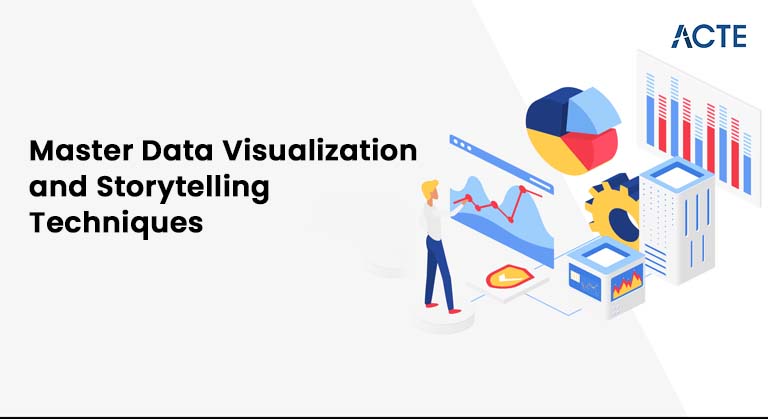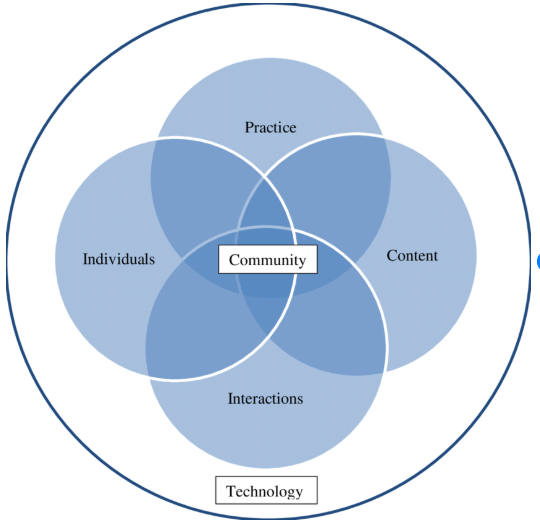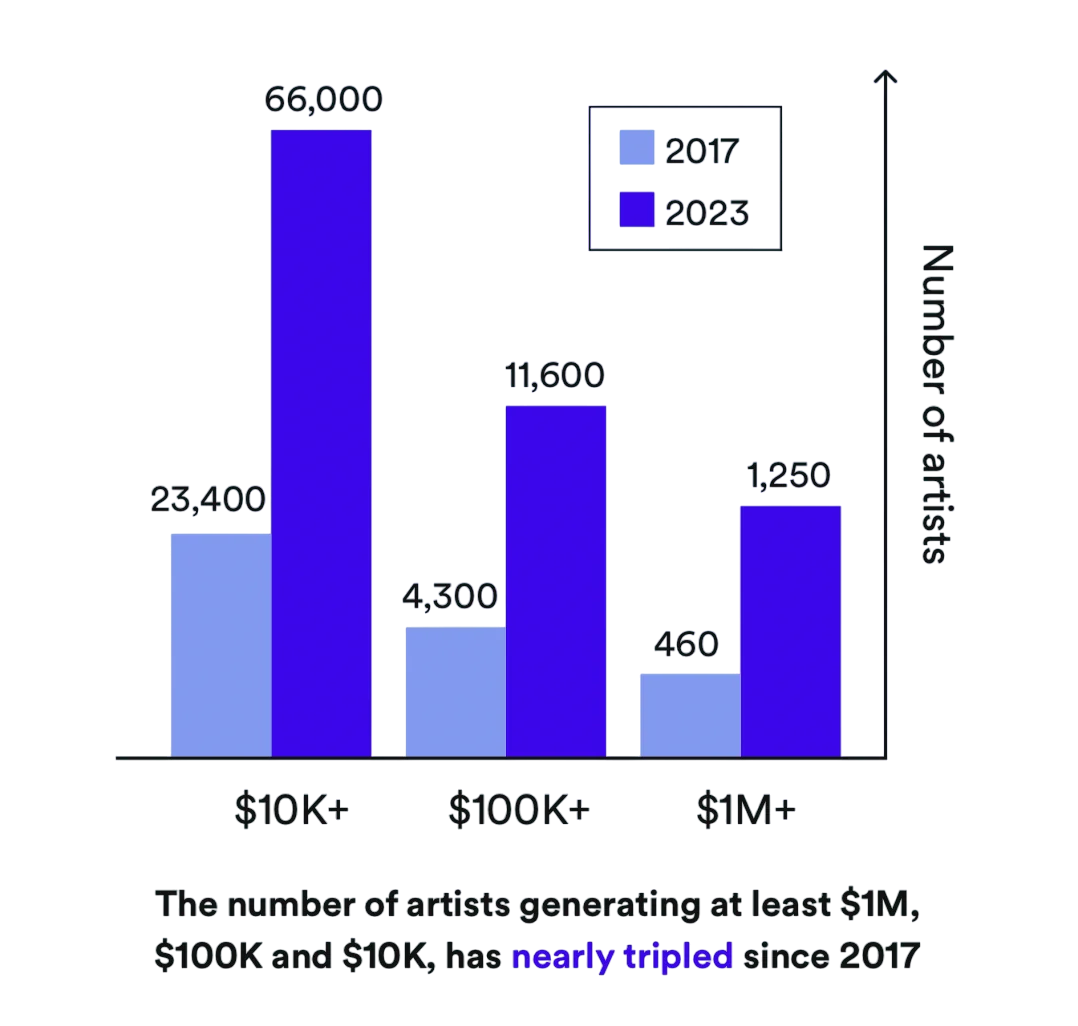
- Introduction to Data Visualization
- Importance of Visualizing Data
- Key Data Visualization Tools
- Best Practices for Visual Representation
- Interactive vs. Static Visualization
- Storytelling with Data
- Color Theory and Design Principles
- Common Data Visualization Mistakes
- Real-World Use Cases
- Tools like Tableau and Power BI
- Advanced Visualization Techniques
- Future Trends in Data Visualization
- Conclusion
Introduction to Data Science Skills
Data visualization is the graphical representation of data and information through visual components such as charts, graphs, maps, dashboards, and infographics. It transforms raw, often complex datasets into clear, engaging visuals that allow users to more easily interpret, analyze, and draw meaningful conclusions. By highlighting patterns, trends, anomalies, and correlations, visualization serves as a bridge between technical analysis and actionable business insights. In today’s data-driven environment, where vast volumes of information are generated every second, data visualization a key component emphasized in Data Science Training is critical for effective communication across departments and stakeholders. It empowers organizations to make informed, timely decisions by turning abstract data into comprehensible visual stories. Whether it’s tracking key performance indicators (KPIs), monitoring user behavior, or forecasting future trends, well-designed data visualizations enhance understanding, support strategic thinking, and improve operational efficiency. As businesses increasingly rely on data to gain competitive advantages, the ability to convert complex information into intuitive visuals has become an indispensable skill for analysts, data scientists, and decision-makers alike.
Eager to Acquire Your Data Science Certification? View The Data Science Course Offered By ACTE Right Now!
Significance of Visualizing Data
- Data visualization is an essential aspect of decision-making, analysis, and communication.
- It helps companies rapidly interpret large datasets, enabling them to recognize trends and make strategic decisions.
- For example, salespeople can see trends in performance over time, whereas healthcare practitioners can track patient data via visual dashboards.
- Visualization also helps identify outliers and anomalies, simplifying identifying oddities or possible dangers.
- In addition, it facilitates data storytelling, where non-technical stakeholders can easily understand insights and make well-informed decisions.
Most Important Data Visualization Tools
Some tools can be used to create engaging data visualizations. Tableau is a popular software used for its interactive dashboards and simplicity, hence its popularity in business intelligence. Power BI, Microsoft’s product, has excellent integration with Excel and Azure and is thus suited for corporate reporting. Google Data Studio is another popular choice among real-time data visualization tools, while developers prefer D3.js to create bespoke web-based visualizations. Data scientists extensively extensively use Python packages like Matplotlib, Seaborn, and Plotly to generate static and interactive visualizations.

Best Practices for Visual Representation
- Effective data visualization involves adhering to best practices to maximize readability and accuracy.
- The proper choice of chart type for the data trends for line charts, comparisons for bar charts, and relationships for scatter plots ensures effective visualization.
- Being transparent and simple ensures that the visualizations are easy to interpret. Sticking to a consistent color scheme, proper labeling, and the right scales avoids misinterpretation.
- Providing context using titles, legends, and annotations makes the visualizations informative and meaningful.
Interactive vs Static Visualization
Data Visualization may be interactive or static, each with distinct purposes. Static visualizations (such as printed charts or PDF reports) present fixed data and are best for static presentations or reports. However, they are not flexible. On the other hand, interactive visualizations enable users to explore the data dynamically by filtering, zooming, or drilling down into individual sections. Interactive visualizations, created using tools like Tableau, Power BI, and Plotly, are more engaging and suitable for exploratory analysis and real-time data monitoring.
Excited to Obtaining Your Data Science Certificate? View The Data Science Training Offered By ACTE Right Now!
Storytelling with Data
Data storytelling combines visuals, stories, and insights to communicate a compelling message. Data storytelling entails using data visualizations to show trends, make claims, and convey the most important takeaways. Storytelling is critical in transforming raw data into useful insights that drive decisions. For instance, a business may utilize visualizations to show customer retention improved after rolling out a loyalty program. Data scientists can make their visualizations more compelling by integrating annotations, captions, and descriptive text, a skill often emphasized during Data science Training.
Color Theory and Design Principles
- Color is essential in data interpretation and legibility. Proper utilization of color improves visual attractiveness and maintains clarity. Color theory advises contrasting colors to differentiate categories and gradients to denote magnitude.
- For example, employing blue for positive and red for negative trends makes the data self-explanatory. Please avoid the use of excessive colors since they cause visual clutter.
- Keeping color schemes accessible guarantees visualizations are easy to understand and readable for colorblind audiences.

Data Visualization Errors
Although it is advantageous, sloppy data visualization methods can result in misleading or ambiguous conclusions. An error is making the wrong choice of chart, which distorts data interpretation. Overloading visualizations with too much information or labels makes them challenging to read. Misleading scales or uneven axis intervals can skew the visual representation of data, producing false impressions. Avoiding cluttered or illegible visuals is also crucial, as they diminish the message’s effectiveness.
Real-World Use Cases
- Types of Data Visualization finds extensive applications in various industries to analyze and effectively present insights.
- In finance, visualizations are utilized to monitor market trends, stock performance, and patterns of investments.
- In healthcare, interactive dashboards aid in monitoring patient outcomes and disease trends.
- Data visualizations find applications in analyzing campaign performance, customer demographics, and conversion rates among marketing teams.
- In e-commerce, visualizations represent sales patterns, customer behavior, and product popularity.
- These real-world applications prove how visualization influences business decisions.
Interested in Pursuing Data Science Master’s Program? Enroll For Data Science Master Course Today!
Tools and Technologies in Demand
Knowledge of industry-standard tools improves a data scientist’s technical skills. Jupyter Notebooks and Google Colab are used extensively for data analysis and model development in Python. Apache Spark is heavily used for big data processing, whereas H2O.ai and RapidMiner provide automated machine learning (AutoML) facilities. Apache Airflow schedules data pipelines, thus becoming critical to workflow management. Proficiency in these tools increases data scientists’ efficiency and competitiveness.
Software such as Tableau and Power BI
Tableau and Power BI and it’s Application are among the most widely used tools for data visualization. Tableau is popular for its feature-rich drag-and-drop functionality, which makes creating interactive dashboards and visual reports straightforward. It enables real-time data analysis and integrates multiple data sources. Power BI, which Microsoft creates, is beneficial for business intelligence reporting. It provides effortless integration with Excel, Azure, and SQL Server and thus is a tool of choice for corporate data analysis. Both tools are rich in visualization features and must-haves for data professionals.
Preparing for a Data Science Job Interview? Check Out Our Blog on Data Science Interview Questions & Answer
Advanced Visualization Techniques
- Sophisticated visualization methods provide richer insights into intricate data.
- Heatmaps convey data intensity through color, suitable for showing website traffic or customer behavior.
- Treemaps and sunbursts graph hierarchical information, and geospatial visualizations plot location-based information.
- Time series visualizations show information over time and help monitor trends and seasonality.
- 3D and dynamic animation visualizations are also employed for richer data exploration, delivering more profound insights.
Future Trends in Data Visualization
Advancements in technology and AI-driven solutions shape the future of data visualization. Augmented and virtual reality (AR/VR) visualizations are becoming a reality, providing immersive data experiences. Visualizations of live data streaming are gaining traction to monitor real-time data. AI and machine learning are used in visualization solutions, allowing automated insights and predictive analytics. Furthermore, Natural Language Processing is refining visualization tools to enable users to create visualizations through voice or text commands. These trends will revolutionize data visualization and interpretation.
Conclusion
Data visualization is a key and increasingly essential ability developed through Data Science Training for data analysts, business professionals, and decision-makers across industries. It transforms raw, unstructured data into intuitive, actionable formats such as charts, graphs, heat maps, and dashboards making it easier to uncover insights, identify patterns, and support evidence-based decision-making. By simplifying complex data, visualization bridges the gap between data science and business strategy, enabling stakeholders at all levels to engage with information more effectively. When professionals follow best practice guidelines, leverage the right visualization tools (such as Tableau, Power BI, or Python libraries like Seaborn and Plotly), and incorporate storytelling techniques, they can create compelling, persuasive visuals that drive engagement and clarity. As technology continues to evolve rapidly, data visualization is poised to become even more powerful through the integration of interactive, AI-powered, real-time, and immersive features including augmented reality (AR) and virtual reality (VR). These innovations will allow users to explore data in multidimensional and dynamic ways, transforming traditional dashboards into intelligent, responsive environments that make data-driven decision-making faster, more accurate, and more impactful than ever before.


